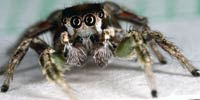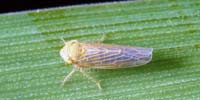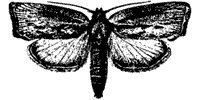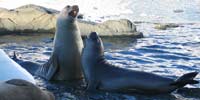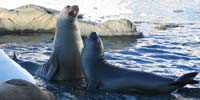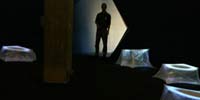Spider Vibes

 4:37
Jeff Rice
4:37
Jeff Rice
In recent years, scientists have discovered complex forms of acoustic communication among spiders. Spiders don't have ears in a traditional sense. They hear vibrations through their legs, and tap out coded courtship rhythms by banging on leaves or twigs, or by plucking their webs. Damian Elias of the University of Toronto used a Laser Doppler Vibrometer to measure and record some of this spider communication. He describes the subtle world of spider music.
Broadcast: Aug 24 2007 on NPR Living on Earth Subjects: Environment, Science

